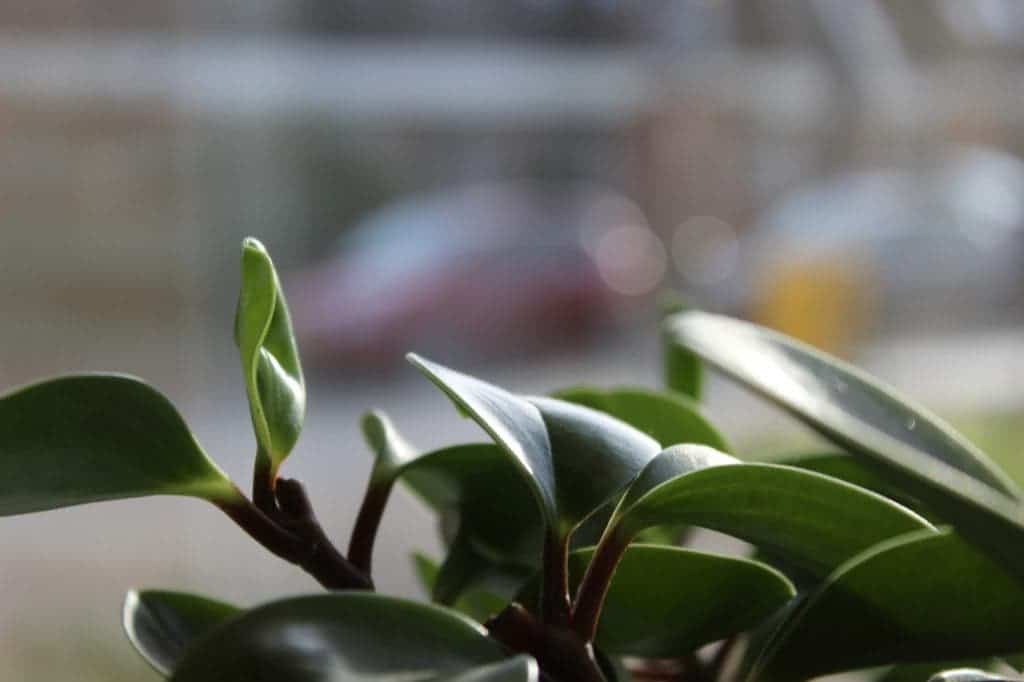A couple of plants in your living room will not only lend it style but will literally freshen it up. Besides generating oxygen, plants also absorb air pollutants collectively classed under the name of volatile organic compounds (VOCs). Some houseplants are better at mitigating potentially harmful VOCs, though, as one recent study found.

Vadoud Niri, a chemist at the State University of New York at Oswego, wanted to find an easy solution to a common problem everyone faces: air pollution. Niri specifically wanted to tackle indoor VOCs, which are emitted as gases from certain solids or liquids from your home.
“We all know, but most of the time we completely forget, that air is the most consumed material by humans,” Niri said. “Each of us breathes over 3,000 gallons of air each day, and even though you could go days without food and hours without water, you would last only a few minutes without air.”
“That’s why air quality is extremely important and air pollution is an important environmental threat to human health.”
VOC sources include paints, wood preservatives, cleansers and disinfectants, building materials and furnishing, glues and adhesives, permanent markers and photographic solutions, and much more. If you ever walked into a newly built home, then you know you can just “smell” all the VOCs leaching from the new paint and concrete.
Once we inhale these VOCs, we become exposed to various health risks like nausea, dizziness, nose and throat discomfort, fatigue, allergic skin reactions or eye and respiratory tract irritation, to name a few.
Niri’s research found common house plants are very effective at neutralizing part of these VOCs. He and colleagues carefully studied the jade plant, spider plant, bromeliad, dracaena, and Caribbean tree cactus in an air-tight chamber where various VOCs of known concentrations were released.

The researchers found all of these houseplants were effective at removing VOCs from the enclosed atmosphere, but each worked differently. The tropical bromeliad absorbed 80 percent of six different compounds from the air in just 12 hours. The dracaena removed 94 percent of the acetone, making great for a nail salon. Spider plants were super fast and immediately brought down the VOCs levels.
The research, which was presented at the annual meeting of the American Chemical Society, hasn’t been published in a peer-reviewed journal as of now, so don’t go crazy redecorating your apartment just yet. Hopefully, once Niri tests these houseplants (and other species) in a real-life setting — and not in a balloon — we might learn more about just how efficient these plants are and what’s the right combination to have in your apartment.






